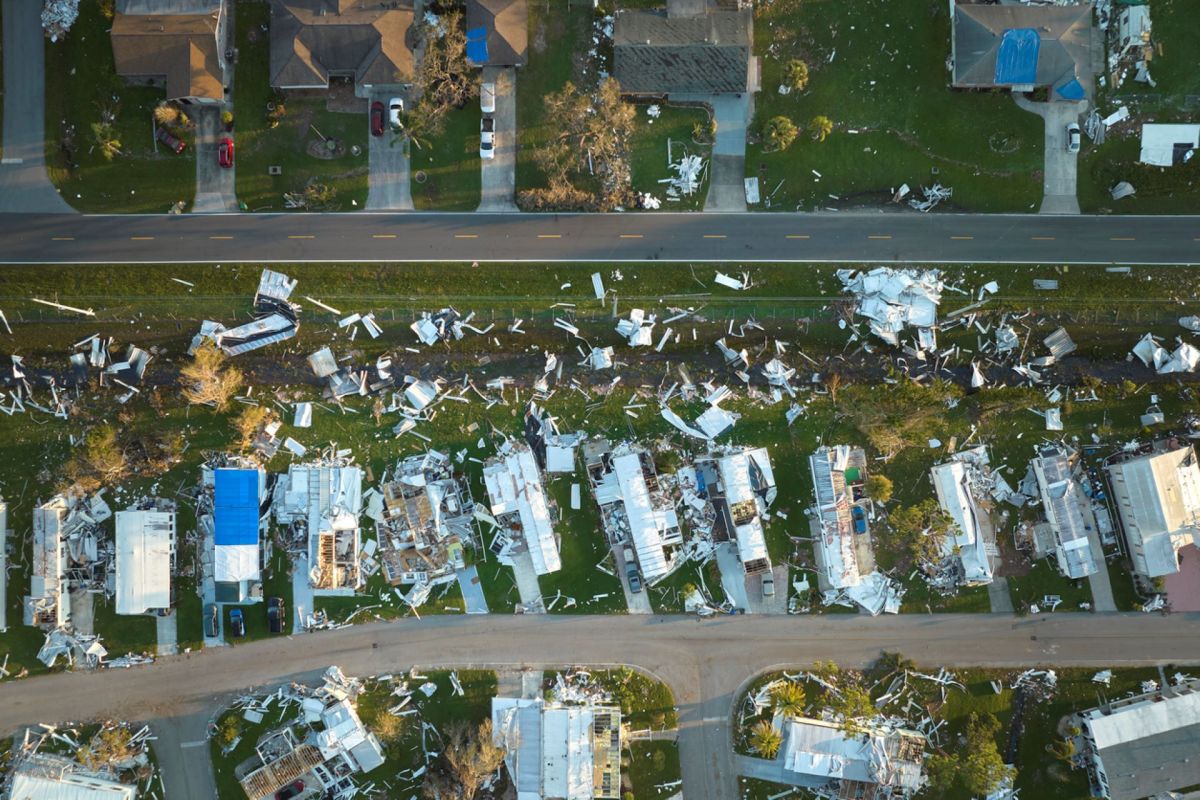With the frequency and intensity of extreme weather events increasing across the United States, millions of homeowners in the most vulnerable parts of the nation are in danger of losing their insurance.
What's happening
Per a report from First Street Foundation, there are 39 million homes insured via private companies. However, the threat of natural disasters has started a chain of events in the insurance industry that could jeopardize the financial security of those homeowners.
The study from the nonprofit climate research firm noted that because each state regulates its private insurance market and can cap the rates of policies, premiums don't necessarily reflect the risk involved for homes in regions susceptible to wildfires, hurricanes, and floods.
🗣️ Given unlimited funds but knowing the risk of sea-level rise and coastal flooding, would you buy beachfront property?
🔘 The risks are too great 🙅♀️
🔘 Only if I could insure the full value of the house 🏠
🔘 Only if I could confidently protect the house from the elements ☔
🔘 Absolutely 😎
🗳️ Click your choice to see results and speak your mind
As a result, major insurance companies like Allstate and Nationwide are no longer finding it profitable to remain in those high-danger areas and have left current and potential customers scrambling for alternatives.
For example, Florida has already seen four insurance companies leave within the last year, while State Farm is no longer accepting new applicants in California.
Why is it important?
With no choice but to resort to government-run insurance policies that can cost thousands of dollars per month, homeowners are now confronting the dilemma of either paying up for soaring insurance costs or relocating altogether. And when premiums go up, property values plummet.
For residents of California, where wildfires continue to pose a problem, premiums are estimated to quadruple when factoring in future risk, which would result in a 39% decrease in property value, Grist noted, based on the First Street Foundation report.
The report had an even bleaker outlook for people living in Louisiana and Florida, where hurricanes and flooding are the two most prevalent extreme weather events. Per Grist, flooding insurance policies could jump from $824 annually to $11,296 for residents of Plaquemines Parish near New Orleans — a staggering increase of about 1,270% — completely tanking the value of properties in the area.
"The report shows that actuarially sound pricing is going to make it unaffordable to live in certain places as climate impacts emerge. It's startling, and it's very well documented," said David Russell, an insurance and finance professor at California State University Northridge.
What's being done about it?
In addition to making its report publicly available, First Street Foundation operates riskfactor.com, where anyone can search for a property in the U.S. to check the potential climate-based risks based on its location.
The firm hopes that with these tools, homeowners can make informed decisions and proactively protect their homes from future natural disasters, which could prevent insurance premiums from ballooning.
However, the most likely outcome is far less optimistic, per Russell.
"Large numbers of people will need to be relocated away from areas that will be uninsurable," he said. "There is a reckoning on the horizon, and it's not pretty."
Join our free newsletter for cool news and actionable info that makes it easy to help yourself while helping the planet.









